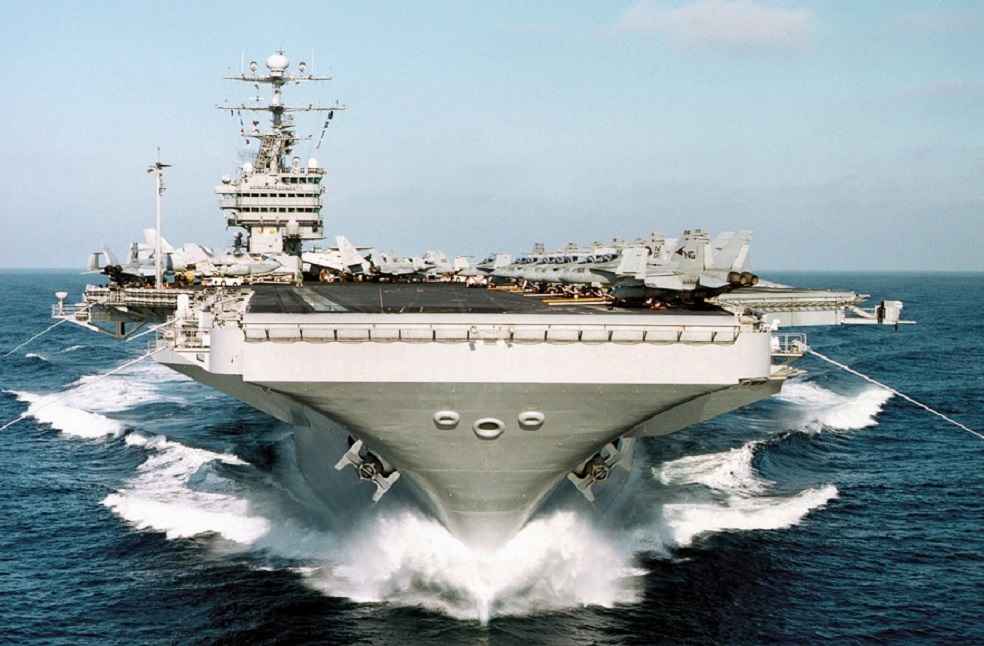U.S. and U.K. forces launched joint airstrikes against Houthi targets in Yemen late Saturday night, targeting the Iranian-backed group’s military capabilities. This action follows U.S. strikes against Iran’s Islamic Revolutionary Guard Corps and affiliated militias in Syria and Iraq, retaliating against a drone attack that killed three U.S. service members at a Jordanian base.
Defense Secretary Lloyd Austin stated the strikes aim to deter the Houthis from attacking international and naval vessels. Several countries, including Australia, Bahrain, Canada, Denmark, the Netherlands, and New Zealand, supported these efforts.
The operation targeted 36 Houthi sites in Yemen to counteract threats to shipping and naval navigation in the Red Sea. Strikes focused on weapon storage, air defense, missile, and radar systems, aiming to de-escalate tensions and ensure safe maritime commerce.

Despite these efforts, attacks on U.S. forces have continued, with a recent incident involving rocket fire at U.S. personnel in Syria, though no casualties or damage were reported. Since October last year, there have been 167 attacks by Iranian-backed groups on U.S. forces in the region.
In addition to the airstrikes, U.S. Central Command reported “self-defense” strikes against Houthi anti-ship missiles poised to target vessels in the Red Sea. These measures reflect ongoing efforts to protect international waters and maintain global trade routes.
The Houthi assaults have significantly impacted international shipping, leading companies like BP and Ikea to adjust their operations due to security concerns in the Red Sea. In response to the escalating threat, the Biden administration has designated the Houthis as a “specially designated global terrorist group,” reversing a prior decision by the State Department.
CURIOUS | Women tend to fall out of love sooner than men; Study



